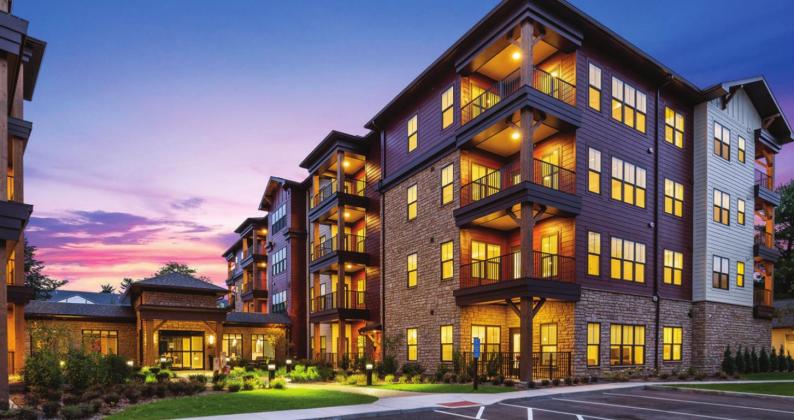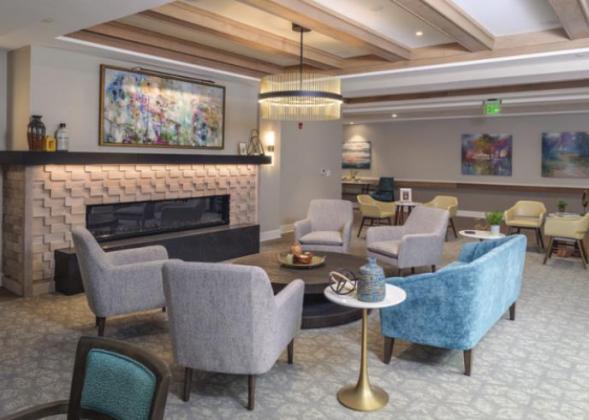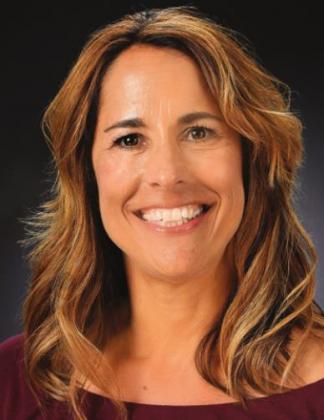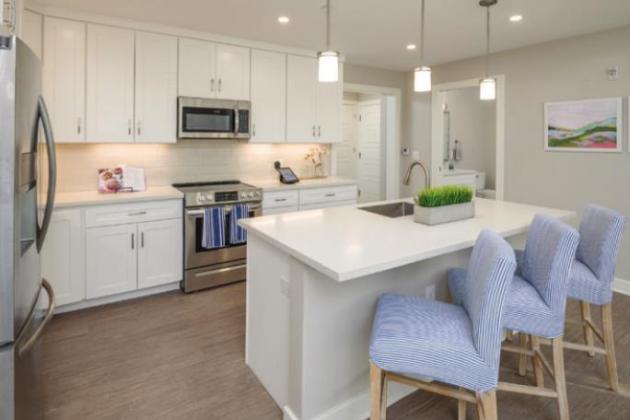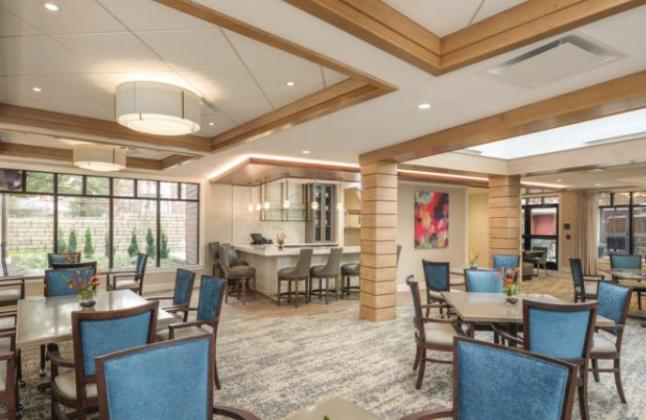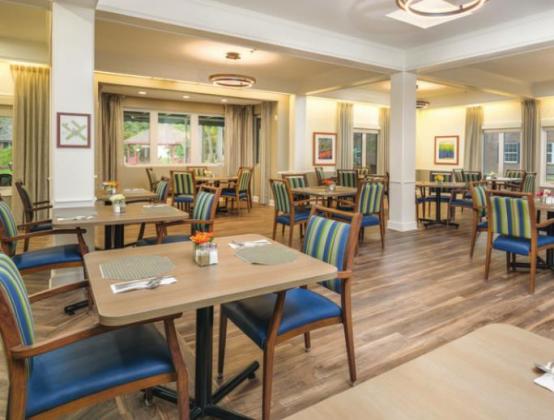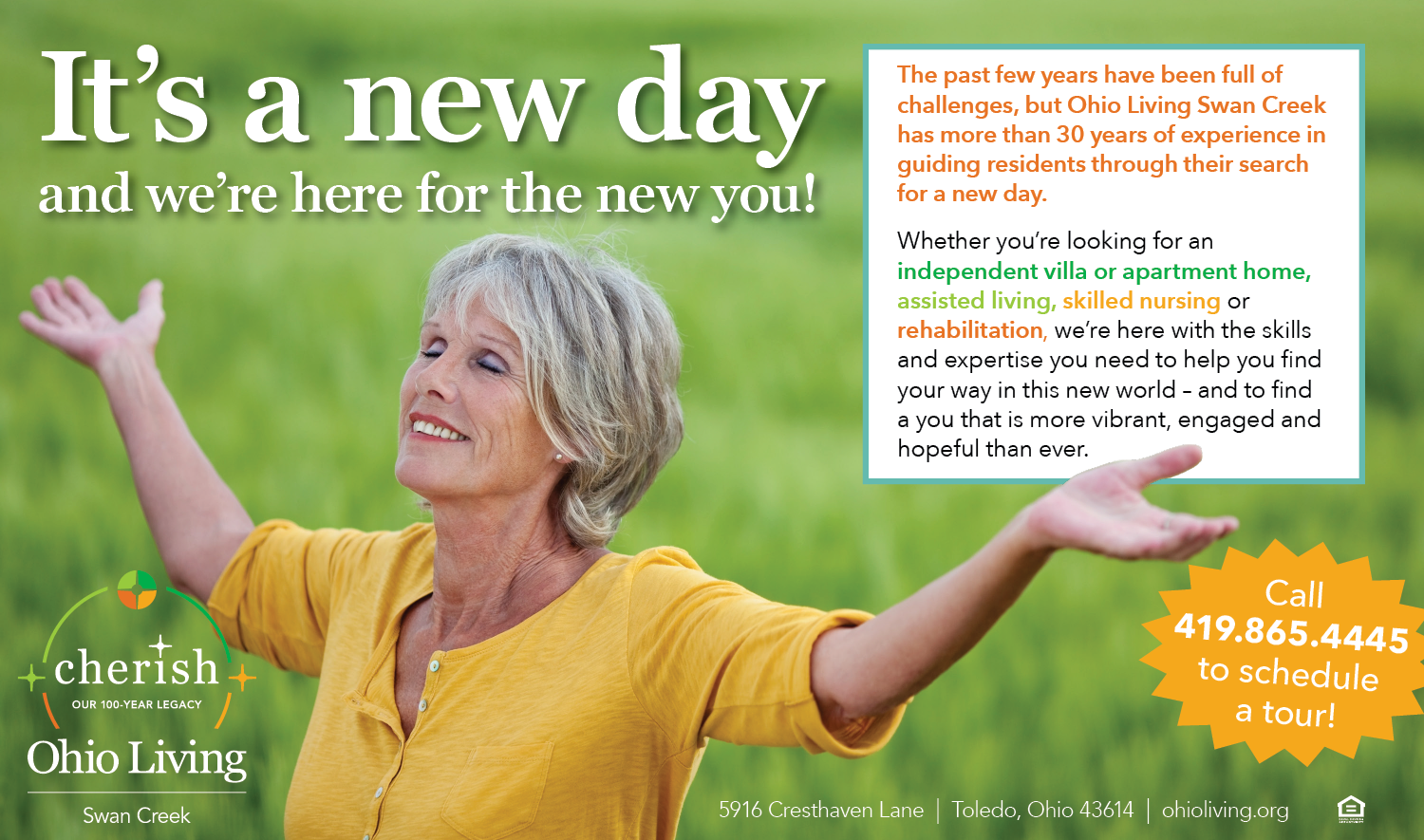YOUR MOTHER, in her late 80s, is growing unstable on her feet. You and your spouse are retired and, well, tired. In each case, the signs are there: It’s time to consider moving into a senior living community. But what do you look for in just such a community to make a wise, informed choice?
An expert in the field names points to consider, with perhaps her single-most-telling one best summed up by the late baseball star Yogi Berra in one of his famous malaprops.
For now, though, the floor belongs to the expert, Stephanie Hess, senior vice president of senior living operations for Wallick Communities.
“The first point to consider in a senior living community is care,” Hess says. “If Mom fell and needed help, would someone be there? What is the ratio of aides to the number of residents? Are they RNs or LPNs or med techs or State Tested Nursing Assistants, or personal-care assistants? And is there a nurse on staff 24 hours a day?” What it comes down to, she says, is whether Mom is going to have skilled professionals to care for her.
Another point to consider is whether the senior living community has a partnership with a home health agency, so Mom can get physical or occupational therapy in her apartment.
Once the care needs are met by licensed professionals, she says, then comes the second point: dining services. “Is there an executive chef as part of the team? As a senior-livingcommunity operator, I’ve found that what residents look forward to two to three times a day is social gathering over good food. If they can meet around delicious meals, you can guarantee a much happier group of seniors.”
Hess adds that it can be hard to satisfy the palates of men and women who’ve cooked for themselves and their families for decades and now rely on meals made by others. To soften that potential shock, she says, “We ask residents for their favorite recipes or a family favorite, and we ask our chefs to re-create them. We spend a lot of time talking about food.”
The third point expands on the food-as-social-stimulus aspect. “It’s important to meet their social needs, so there should be programming from an activities perspective, both on and off site. Everything from taking them to a restaurant to a grocery store to a baseball game. Or on-site with tailgating or doing crafts.”
With Christmas and other December holidays upcoming, it’s important for residents to be part of what they’ve celebrated over the years. A senior living community should meet that need, as it should for holidays and special occasions throughout the year.
The fourth point is technology— what does the facility offer to make residents feel they’re connected to the outside world, most importantly to their families? “Being able to Facetime or have the technology at their hands to pick a restaurant or book golf tee times is important.”
Hess says that in assisted living the usual mode of technology is cable, “But in independent senior living communities we’re doing wi-fi. That’s fun for the residents because there’s an education component—we have college staff come in to teach residents how to use this technology.”
As an aside, Hess says those looking into higher-end senior living communities should consider whether the facility has amenities such as a movie theater, fitness and arts centers, a pool, a wood shop, and concierge service.
The biggest point to consider, though, is expressed by Yogi Berra’s quote: “You can observe a lot by just watching.” In this case, observe the interactions between staff and residents, and staff and staff.
Hess explains, “When you go for a tour, speak to the people who work there. Pay attention to how they treat each other and the residents. Pay attention to those relationships, how they are with each other and how they are with you.
“We find that people move into our senior living communities because they’ve built a relationship with one or several members of our team. They trust us. A beautiful building is just that, a beautiful building. It’s about the people.”
Putting yourself, you and a spouse, a parent, or other loved one in a senior living community “is a really big decision,” she continues. “If you see how they treat each other, you’ll get a feel for how they’ll treat your loved ones, and nothing’s more important than that.”

